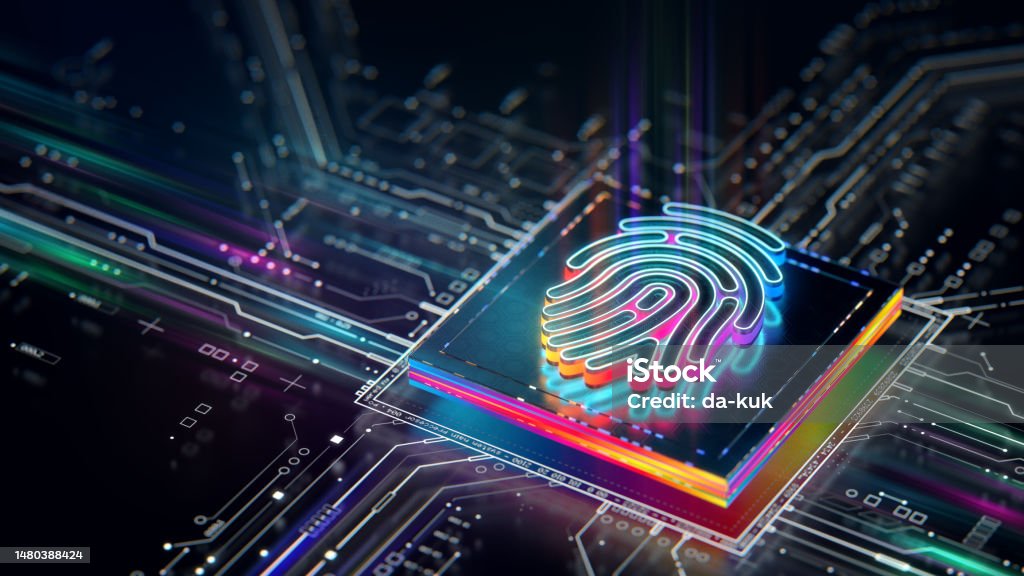Introduction:
Facial recognition technology (FRT) is a way of identifying or verifying the identity of a person using their face. FRT uses biometrics, which are physical or behavioral characteristics that can be measured, to map facial features from a photograph or video. It then compares the information with a database of known faces to find a match.
FRT can be used for various purposes, such as security, surveillance, authentication, and identification. However, FRT also poses significant ethical challenges, such as privacy, accuracy, fairness, and accountability.
Ethical Challenge 1: Privacy and Autonomy
Privacy and autonomy are important values and rights for individuals because they allow us to control our personal information, our actions, and our identity. Privacy and autonomy enable us to:
- Protect ourselves from unwarranted interference, harm, or discrimination by others.
- Express ourselves freely and authentically without fear of judgement or reprisal.
- Develop our own values morals, and sense of self without undue influence or pressure from others.
- Make informed and independent decisions about our lives and well being.
Ethical Challenge 2: Accuracy, Fairness, and Accountability
These ethical challenges require careful consideration and regulation of FRT systems and applications. Some possible ways to address them are:
- Data protection laws and regulations that limit the collection use and disclosure of facial data.
- Privacy by design principles that embed privacy safeguards into FRT system and applications.
Ethical Challenge 3: Security and Privacy
Security is an important value and goal for facial recognition technology (FRT) systems and applications because it can provide benefits such as crime prevention, law enforcement, or national defense.
- Access control using facial verification FRT allows access to digital or physical areas to be authorized or denied based just on a person’s face.
- Suspect detection with facial recognition: Using facial recognition technology, a person of interest can be located or followed.
Here some possible trade-offs between security and privacy when using FRT systems and applications –
- Necessity: FRT systems and applications should only be used for security purposes when there is a clear and compelling need, such as preventing or investigating serious crimes, protecting public safety, or ensuring national security
- Proportionality: FRT systems and applications should only be used for security purposes when there are no less intrusive or more effective alternatives, such as other biometric or non-biometric methods, human verification, or consent-based mechanisms.
- Legitimacy: FRT systems and applications should only be used for security purposes when there is a legal basis, a democratic mandate, and a public interest.
- Transparency: FRT systems and applications should only be used for security purposes when there is a clear and accessible information about their purpose, scope, and operation.
- Accountability: FRT systems and applications should only be used for security purposes when there is a responsibility and liability for their design, deployment, and use.re some real-world examples of FRT applications? What are some real-world e of FRT applications?
What are some real-world examples of FRT applications?
FRT stands for facial recognition technology, which is a way of identifying or verifying the identity of a person using their face.
Some real-world examples of FRT applications are:
- Personalized online shopping: FRT can be used to create virtual try-on experiences for customers who want to see how they look in different products, such as glasses, clothes, or makeup.
- Marketing: FRT can be used to analyze the demographics, emotions, and reactions of customers or potential customers who interact with a brand’s products, services, or advertisements.
- Enhanced images: FRT can be used to improve the quality and appearance of images by applying filters, effects, or enhancements based on the face of the person
- Social media: FRT can be used to facilitate social networking and communication by enabling features such as face detection, face tagging, face recognition, face swapping, or face filters.
How does FRT affect social justice and human rights?
FRT stands for facial recognition technology, which is a way of identifying or verifying the identity of a person using their face. FRT can affect social justice and human rights in positive or negative ways, depending on how it is used and regulated.
On the positive side, FRT can help promote social justice and human rights by:
Enhancing security and law enforcement : FRT can help prevent or investigate crimes, protect public, safety, or ensure national security by identifying or verifying, suspect, criminals or terroirs.
Improving access and inclusion: FRT can help provide access and inclusion for people who face barriers or discrimination due to their identity, such as refugees, minorities or people with disabilities.
Supporting social movements and activism: FRT can help support social movements and activism by enabling feature such as face detention, face tagging, face recognition or face filters that can facilitated social networking and communication among activities or allies.
On the negative side, FRT can also undermine social justice and human rights by:
Violation privacy and autonomy: FRT can violate privacy and autonomy by collecting, processing, and sharing facial data without consent or awareness, which can expose individual to unwarranted interference, harm, or discrimination by others.
Producing errors and biases: FRT can produce errors and biases by making mistakes in recognizing faces, such as misidentifying, mismatching, or missing faces, which can lead to false positives, false negatives, or low confidence scores.
Causing harms to individuals or groups: FRT can cause harms to individuals or groups by infringing on their rights, dignity, or well-being.
Therefore, FRT is a powerful and controversial technology that can have significant impacts on social justice and human rights.

Some ethical challenges of using FRT are:
- Privacy and autonomy: FRT can infringe on the privacy and autonomy of individuals by collecting, processing, and sharing their facial data without their consent or awareness.
- Accuracy, fairness, and accountability: FRT can produce errors, biases, or harms that affect individuals or groups by making mistakes in recognizing faces, such as misidentifying, mismatching, or missing faces. This can lead to false positives, false negatives, or low confidence scores.
- Security and privacy: FRT can enhance security by providing benefits such as crime prevention, law enforcement, or national defence by identifying or verifying suspects, criminals, or terrorists.
These ethical challenges require careful consideration and regulation of FRT systems and applications. Some possible solutions are:
- Data protection laws and regulations hat limit the collection, use, and disclosure of facial data.
- Privacy by design principles that embed privacy safeguards into FRT systems and applications.
- Data access and deletion rights that empower individual with more control and choice over their facial data.
- Technical methods and guideline that enhance the quality, reliability, and transparency of FRT system and application.
- Ethical impact assessment that evaluates the potential benefits and risks of FRT system and application for different stakeholders.
According to the web search results, there are different approaches to regulating the use of FRT by the government or other actors. Some of them are:
- Moratoria : A moratorium is a short-term stoppage or limitation on the use of FRT while a number of requirements are satisfied, like finishing studies, creating standards, or setting up monitoring systems.
- Bans: A ban is a permanent prohibition or abolition of the use of FRT for certain purposes, such as mass surveillance, public spaces, or specific groups.
- Regulatory bills: A regulatory bill is a law that sets rules and guidelines for the use of FRT, such as requiring consent, transparency, accuracy, accountability, or impact assessments.
These approaches have different advantages and disadvantages, depending on the goals and values of the stakeholders involved. Some argue that FRT can provide benefits such as crime prevention, law enforcement, or national defense, and that regulation can ensure its ethical and responsible use.
Conclusion –
Facial recognition technology is a form of biometric identification that uses computer vision to analyze and compare facial features from digital images or videos. Facial recognition technology has many applications, such as security, authentication, law enforcement, social media, entertainment, and health care. However, facial recognition technology also poses many challenges and risks, such as privacy, accuracy, bias, ethics, and regulation.
Facial recognition technology is a powerful and promising tool that can offer many benefits to society, but it also requires careful and responsible use to avoid potential harms and abuses. It is important to employ facial recognition technology with accountability, openness, and respect as it is not a perfect answer. It’s critical to weigh the benefits and drawbacks of facial recognition technology as it develops and advances and to make sure that it respects the rights and values of those it affects and uses.


1 thought on “The ethical challenges of facial recognition technology”